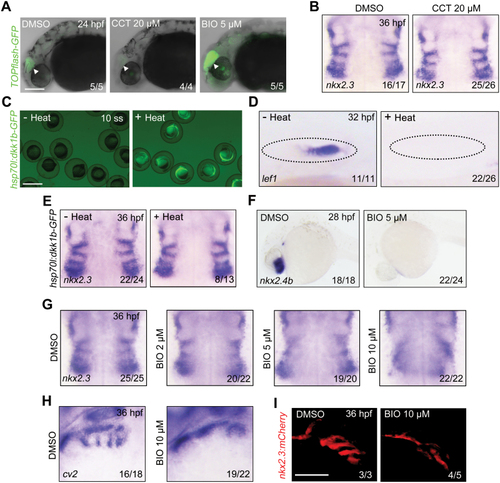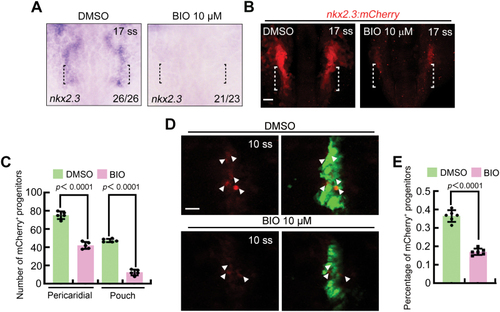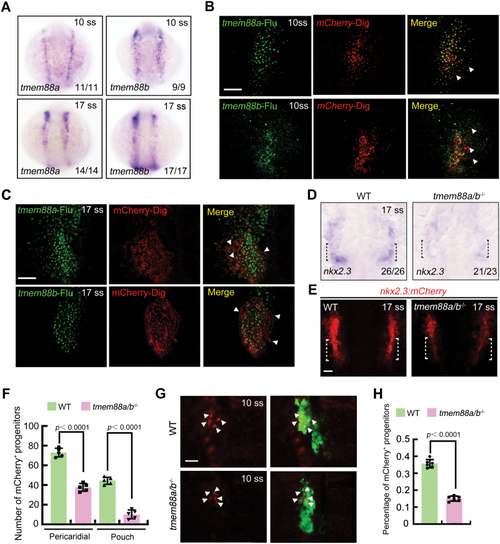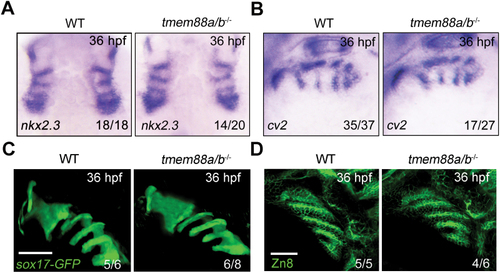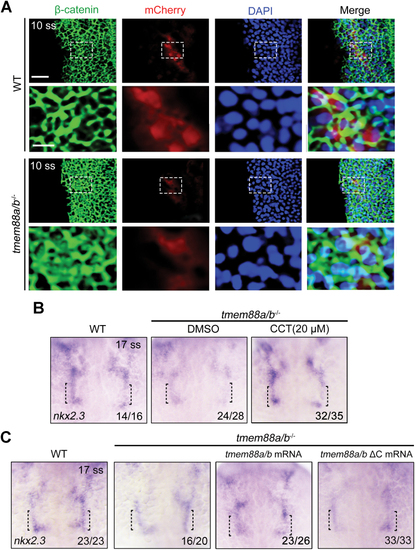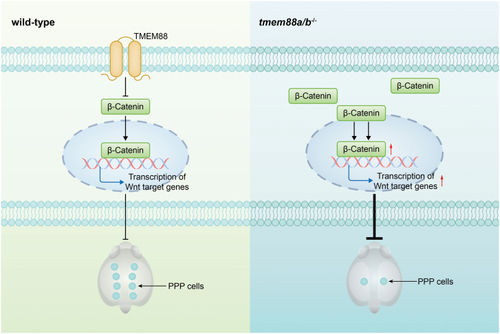- Title
-
Tmem88 plays an essential role in pharyngeal pouch progenitor specification by inhibiting Wnt/β-catenin signaling
- Authors
- Liu, J., Yang, L., Lu, Z., Wang, Q.
- Source
- Full text @ Life Med
|
EXPRESSION / LABELING:
PHENOTYPE:
|
|
EXPRESSION / LABELING:
PHENOTYPE:
|
|
EXPRESSION / LABELING:
PHENOTYPE:
|
|
|
|
EXPRESSION / LABELING:
PHENOTYPE:
|
|
|

